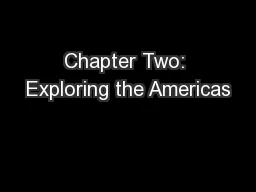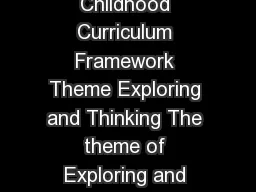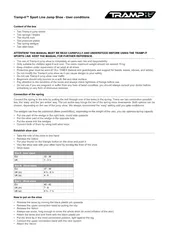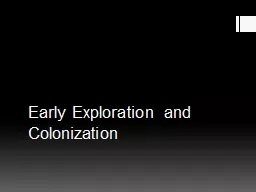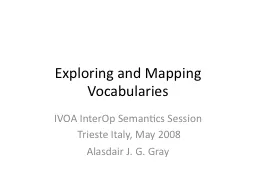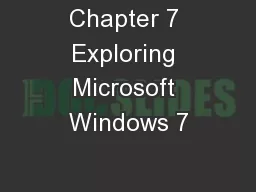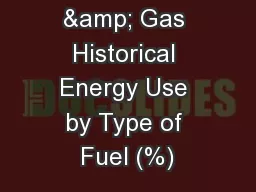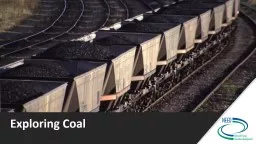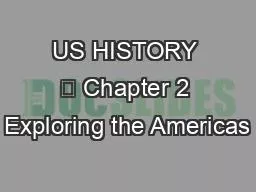PPT-Chapter Two: Exploring the Americas
Author : alida-meadow | Published Date : 2016-05-28
A Changing World Marco Polos stories from 1296 inspired people 200 years later Trade makes countries wealthy people desired Asian spices silk tea Focus on classical
Presentation Embed Code
Download Presentation
Download Presentation The PPT/PDF document "Chapter Two: Exploring the Americas" is the property of its rightful owner. Permission is granted to download and print the materials on this website for personal, non-commercial use only, and to display it on your personal computer provided you do not modify the materials and that you retain all copyright notices contained in the materials. By downloading content from our website, you accept the terms of this agreement.
Chapter Two: Exploring the Americas: Transcript
Download Rules Of Document
"Chapter Two: Exploring the Americas"The content belongs to its owner. You may download and print it for personal use, without modification, and keep all copyright notices. By downloading, you agree to these terms.
Related Documents

